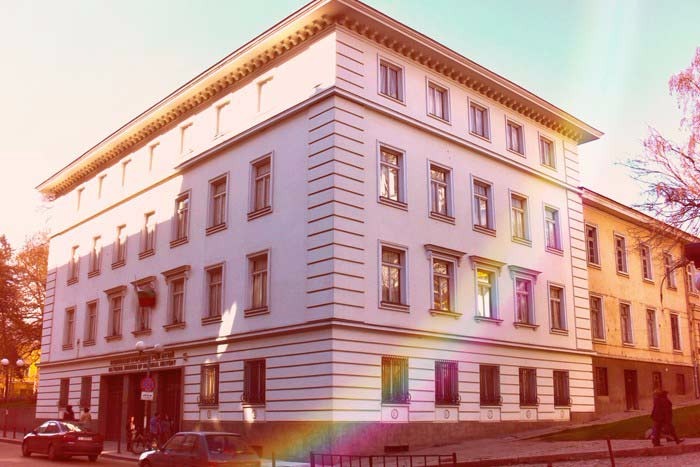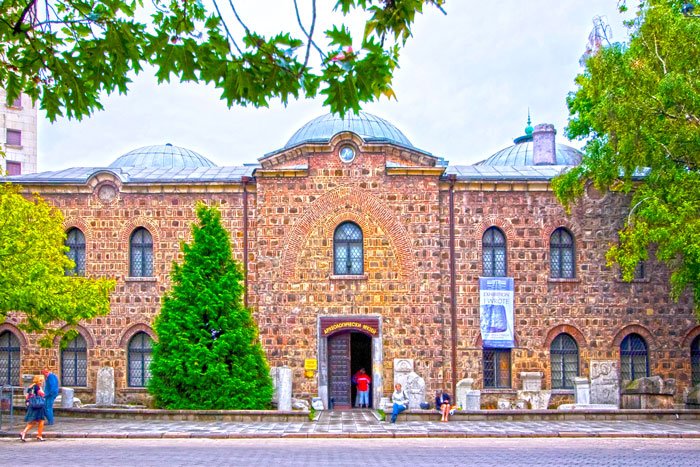Visit a museum with an impressive collection in Sofia city tour
Sofia city tour – The National Museum of Natural History (NMNHS) is the oldest museum of Bulgaria and also the oldest and the richest museum on the Balkan Peninsula of its kind. It has been settled in 1889, 12 years after the liberation from the Ottomans by the Royal Prince Ferdinand under the name Royal Prince’s Natural History Museum. Mainly the prince’s personal collections of birds, mammals and butterflies were exposed there. Its first curator was the famous ornithologist, Dr. Paul Leverkuhn. A year before the museum, the oldest and largest Zoo on the Balkan Peninsula was established by the Prince again, in Sofia.
NMNHS is the only national institution directly engaged with the preservation of scientific collections of live and non-live nature from Bulgaria and the world.
If you are interested in the nature, it would be attractive for you to spend a few quiet hours wandering among minerals, rocks, fossils and plants and animals, of course in your Sofia city tour, this is the place for you. It’s an old-fashioned museum where glass cases prevail rather than touch-screen displays, but for some this just adds to the charm.
Dr. Ivan Buresh who was the museum director between 1914-1959, organized expeditions to all Bulgarian mountains and the neighbouring Balkan countries. The collection of museum got richer and richer. It became the centre of natural history studies in Bulgaria. A new four-storey building was built and it is the only one in Sofia which was constructed for a museum. It houses collections from 1936.
During the bombing of the capital, the building was destroyed but the museum collection were moved to a safe place before bombing. After the renovation of the building, all collections have been put in for public and the visitors.
A collection that teases your curiosity
The museum’s collection includes over 400 stuffed mammals; over 1,200 species of birds, hundreds of thousands of insects and other invertebrate; as well as samples of about one quarter of the world’s mineral species.
The museum mainly studies of the fauna, flora, fossils, minerals and rocks of Bulgaria and other countries. It develops taxonomy, faunistics, zoogeography and ecology of arachnids, myriapods, insects and all classes of vertebrates; taxonomy of fossil mammals, birds and brachiopods; floristics; mineralogy. It also has become the national centre of biospeleology, archaeozoology and palaeontology of vertebrates and of bat studies.





